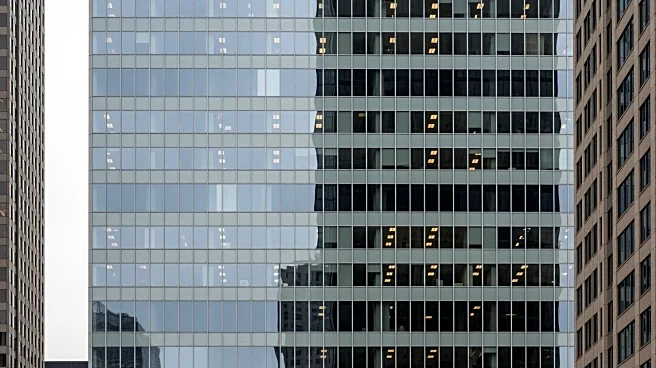What's Happening?
Chicago's downtown office vacancy rate has reached a record high of 28%, according to recent data. This increase is attributed to post-pandemic work trends, with many companies opting for remote work and reducing
their office footprints. The Illinois Policy Institute highlights that the business district has lost 2.3 million square feet of office space over the past two years, nearly double the amount vacated during the Great Recession. The city is considering strategies to address this issue, including converting commercial spaces into residential units, similar to initiatives in New York's Midtown Manhattan.
Why It's Important?
The high vacancy rate in Chicago's downtown area poses significant challenges for the local economy and real estate market. It reflects broader shifts in work culture and the impact of remote work on urban centers. The potential conversion of office spaces into residential units could help alleviate the city's housing crunch and revitalize the downtown area. However, this transition requires careful planning and investment to ensure it meets community needs and supports economic growth. The situation underscores the need for adaptive strategies in urban planning and real estate development.
What's Next?
Chicago is considering a central area plan to revitalize the downtown region by 2045. This plan may include converting office spaces into residential units to address both the vacancy rate and housing shortages. As interest rates rise, timely action is crucial to prevent further economic impact. Stakeholders, including city officials, real estate developers, and community leaders, will need to collaborate on effective solutions. The success of these initiatives could serve as a model for other cities facing similar challenges.











